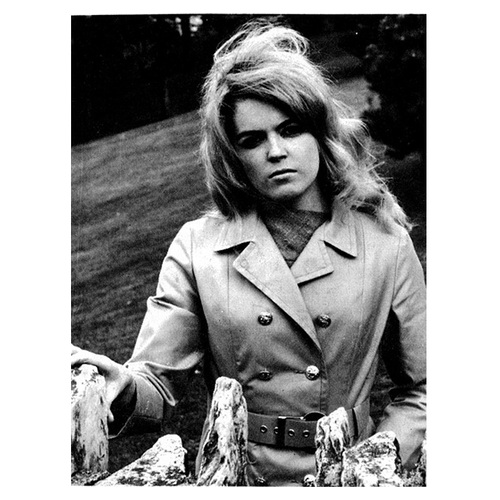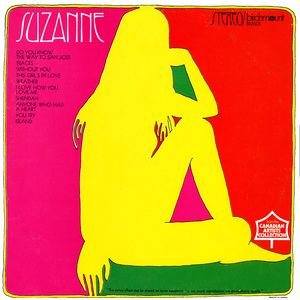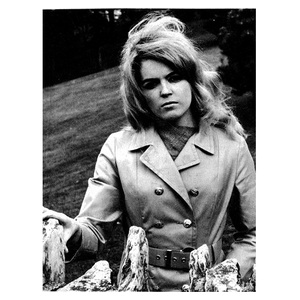Suzanne
Websites:
No
Origin:
Toronto, Ontario, 🇨🇦
Biography:
Suzanne — Birchmount’s first voice
Suzanne Filion’s path to the studio began in school auditoriums and church choirs. Born in London, Ontario and raised in Toronto from the mid-1950s, she was the kid who could already carry a tune before she could carry a conversation. At Rosedale and then Jarvis Collegiate she found stages wherever they existed, harmonizing with friends in a short-lived a cappella combo called the Four Notes and soaking up the sounds of the city’s growing folk-pop scene.
By 1967 she was working part-time at Yorkville’s Riverboat Coffeehouse—ground zero for the era’s singer-songwriters. From a server’s perch she watched the best of them up close, learning phrasing and poise from the room’s quiet electricity. The Riverboat sharpened her ears and, just as importantly, her confidence.
A year later she answered a tiny classified ad and walked into a different kind of classroom: producer-writer Greg Hambleton’s Sultan Street office. She signed on as his assistant just as he was being tapped to help launch a new Quality Records budget imprint called Birchmount. The plan: flood the racks with low-price LPs—reissues, licensed projects, and a handful of brand-new Canadian titles. For one of those new titles, Hambleton looked across his desk and chose Suzanne.
He built the project around what she did best: clear, unforced pop vocals with a soft soul tint. Sessions were booked at Art Snider’s bustling Sound Canada Studios, late at night when the room was free. Hambleton brought in his tight Yorkville circle to play: the musicians from The Magic Cycle (soon to be The Cycle) as the core rhythm section, with additional hands as needed. To give Suzanne a proper showcase, he balanced contemporary covers with originals. She cut Bacharach/David standards—“This Girl’s in Love,” “Do You Know the Way to San Jose?,” “Anyone Who Had a Heart”—alongside gentle pop like “I Love How You Love Me.” Hambleton contributed new songs tailored to her voice—“Weather,” “Shendah,” “You Try,” “Island”—and added one by his brother Fergus, “Without You.” In a typical bit of shoestring ingenuity, “You Try” mirrored an instrumental track that would surface on another Birchmount LP, creating a small, deliberate echo across the catalogue.
Released in the fall of 1969 as BM-501, simply titled Suzanne, the album quietly made history as Birchmount’s first Canadian release. It arrived with the label’s “Canadian Artists Collection” badge and the modest push typical of a budget line: a mention in trade notices, some station copies, and the hope that a striking cover and a low sticker price would do the rest. There was no tour, no single to work at radio, and no follow-up sessions—just a handful of local ripples and, for Suzanne, the odd surreal moment, like buying her own record at Sam the Record Man when she’d already given away her personal copies as Christmas gifts.
Life moved on. By the early ’70s she drifted from the Riverboat, picked up steady restaurant work, and eventually left the music business altogether, trading the late-night studio slots for a day job that would take her west to British Columbia. The album slipped into the budget bins it was made for, waiting to be rediscovered by curious collectors who recognized the charm in its hushed, late-night performances and the connective tissue it shares with other early Birchmount “shadow” projects.
Today Suzanne stands as a small but telling artifact from the moment Canada’s biggest distributor tried to seed a low-cost, high-volume homegrown catalogue—and from the moment a young Toronto singer got a chance to step from the wings into the booth. It is a snapshot of a scene inventing itself: modest resources, clever producers, nimble studio players, and one clear voice, captured just as the tape rolled after midnight.
-Robert Williston



